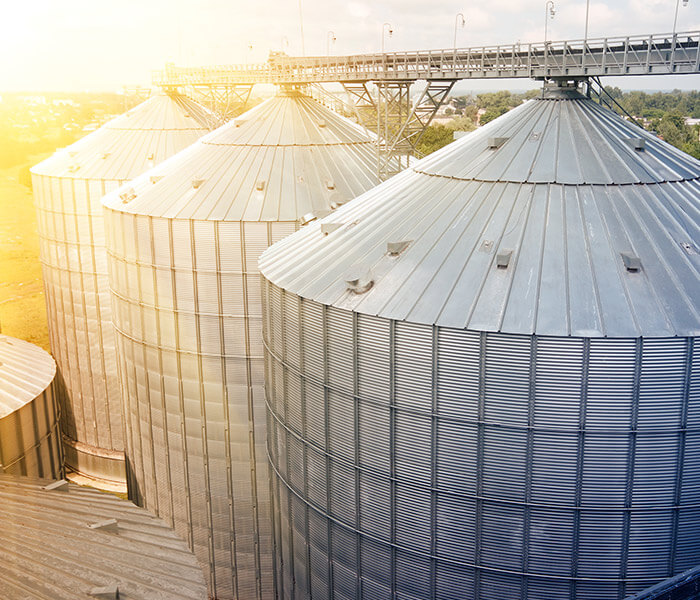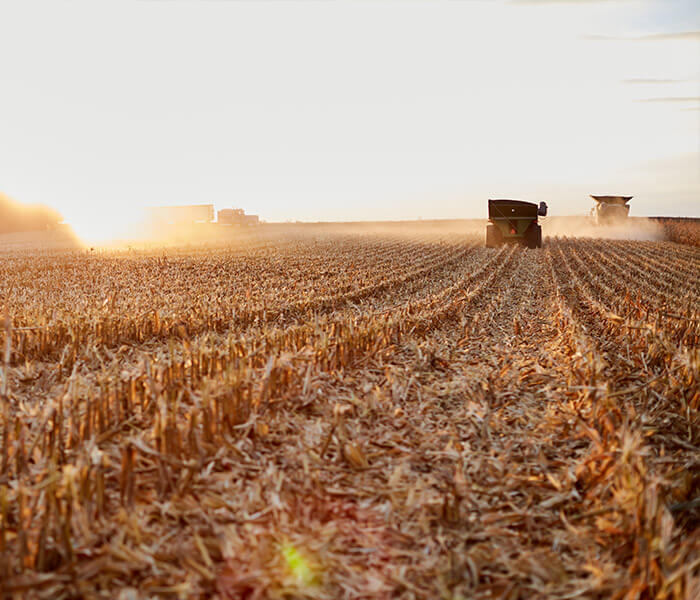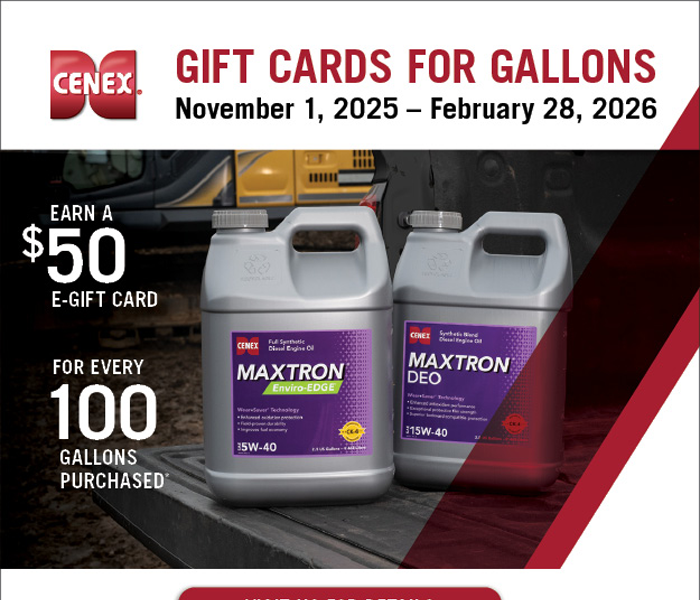Take Advantage of Today's Technology.
With today’s ag technology tools and in-season imagery options, it should be easier than ever to collect data to inform seed and crop protection product decisions. But even though all of that data can be very helpful, it can also be overwhelming to know where to start. Here are five strategies to help break things down into more digestible pieces so you can start formulating a plan for next season using this season’s harvest data.
1. Leverage tools for greater access to field data.
Many farmers have access to in-field data, and the right combination of tech tools can make that data more actionable and useful for planning. For example, the recent addition of Climate FieldView™ to the WinField® United Answer Tech Data Silo®, a cloud-based management system, gives all FieldView users doing business with WinField United-affiliated retailers the option to connect their FieldView and Data Silo accounts.
FieldView lets farmers collect yield data from a variety of collection platforms in the cab and feed it into the Data Silo so they can analyze that information and make decisions based on it. For example, imagery available in the R7® Tool and the R7 Field Forecasting Tool can help explain what’s observed on yield maps.
2. Be sure tech setup is complete.
Too often, farmers get halfway through the season and realize their yield monitor isn’t working correctly. Give your combine a digital maintenance check — in addition to a mechanical one — prior to harvest.
- Make sure your software is communicating correctly. It’s becoming increasingly critical to ensure your software is up to date. For example, FieldView needs to connect with whatever operating system you’re using in order to take full advantage of its capabilities.
- Calibrate your yield monitor. Preferably, this should be done at the start of the season but certainly prior to combining. Having a uniform calibration across the field will help alleviate skewing your data.
- Confirm your digital data plans are up to date and that you can transmit your data via smartphone or tablet.
- Use uniform naming conventions to easily identify what you’re measuring. Ensure the naming of your hybrids, varieties, crop protection products and fields is consistent so that you can easily find, download and compare individual entities.
3. Review seed, crop protection product performance.
If you’re doing on-farm trials, have your planting maps and harvest maps set up to make comparisons that will be useful for 2021 planning. Examine the performance of different varieties and hybrids across multiple soil types, various planting populations, different farms —whatever attributes you’ve entered that vary across your operation. Compare yield data from various seed treatments or crop protection product applications to see what worked and what you want to change for next season.
4. Don’t overlook small modifications.
Collecting and analyzing harvest data often doesn’t provide big “aha” moments. However, small catches often have more profound effects than larger ones. So although your findings may not revolutionize your management style for next year, you may find that they help you explain why you’re seeing inconsistencies in the field and identify opportunities to correct them next season.
5. Build on this year’s data.
If this is your first year collecting harvest data — or collecting usable harvest data — understand that it’s a snapshot of what happened in 2020. Multiple years of data layered over each other will start to paint a more nuanced picture of field performance as opposed to a single point in time. Think of this year’s data as a great starting point and see how your management practices this year paid off. Then, build on that knowledge by collecting even better data next year.
Premier Cooperative Agronomist can help you fuse your data with data from the Answer Plot® program to reinforce factors like response-to scores, yield performance and management practices. They can help ensure you’re set up for success and the data you’re collecting is clean and usable. Connect virtually with them now to ask any questions or if you need help downloading data at the end of the season.
Jeff Osterhaus
WINFIELD/UNITED
TECHNICAL SEED AGRONOMIST




